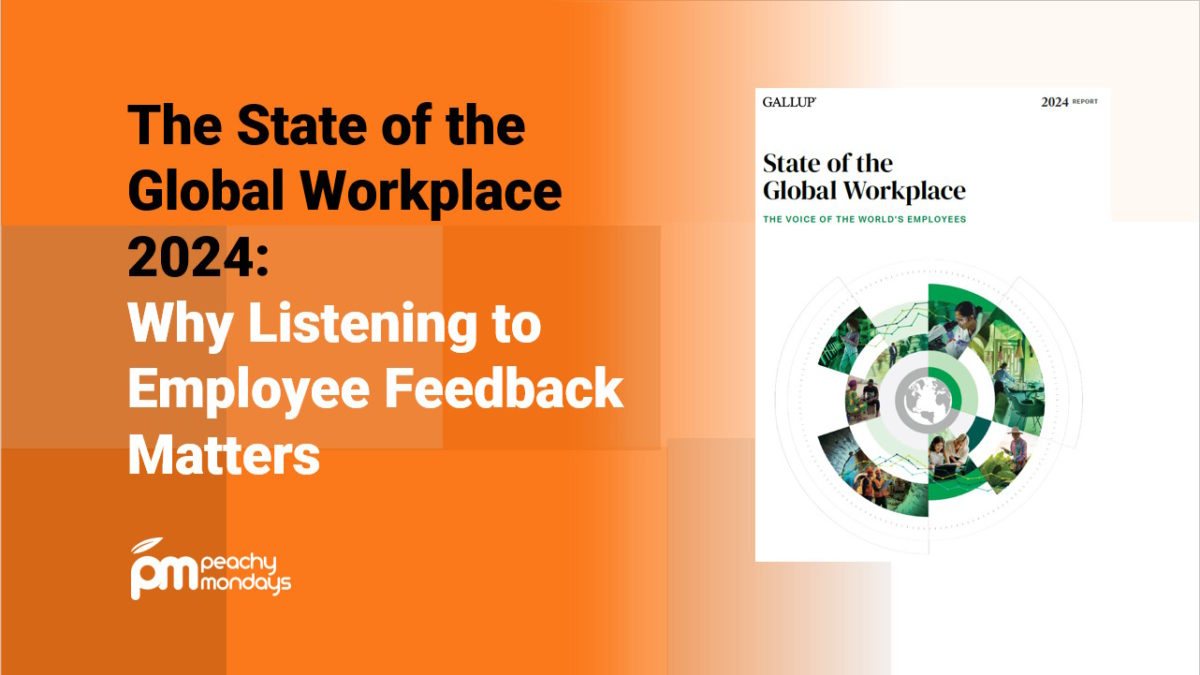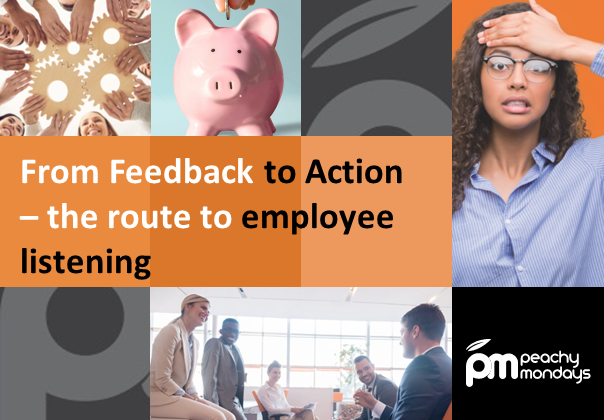The State of the Global Workplace 2024: Why Listening to Employee Feedback Matters
Welcome to our dive into the 2024 State of the Global Workplace report by Gallup. This report is a goldmine of insights into the current mental health and wellbeing of employees worldwide. In this blog, we’ll break down the key findings and emphasise why it’s crucial for employers to genuinely listen to and act on employee feedback.
Employee Mental Health: A Global Snapshot
One of the stark findings in this year’s report is that 20% of the world’s employees experience daily loneliness. This is even more pronounced among fully remote workers, where the figure jumps to 25%, compared to 16% for those who work entirely on-site. Loneliness and social isolation can severely impact physical and mental health, underscoring the importance of fostering a connected and supportive work environment.
Furthermore, employee wellbeing, particularly among younger workers, has declined. Wellbeing among those under 35 dropped significantly in 2023, with overall global employee wellbeing dipping from 35% to 34%. This is a clear signal that younger employees are struggling more than their older counterparts, which could be due to various stressors unique to their stage in life and career.
The Role of Managers in Wellbeing
Managers play a pivotal role in shaping the work environment. The report highlights that managers account for 70% of the variance in team employee engagement. Engaged managers lead to engaged employees, which positively affects organisational outcomes like profit, retention, and customer service. However, it’s troubling that managers often report more negative daily experiences and are more likely to be looking for new jobs compared to non-managers. This stress trickles down, affecting their teams and overall workplace morale.
Economics, Policy, and Worker Wellbeing
Economic conditions and labour policies significantly influence worker wellbeing. The report notes that in countries where it’s perceived to be a good time to find a job, there is lower active disengagement among employees. Moreover, labour rights that ensure fair wages, safe working conditions, and support for family responsibilities are associated with better overall life evaluations and lower stress levels among employees.
Engagement and Daily Emotions
Employee engagement is not just a buzzword; it’s a critical factor in overall life satisfaction. The report finds that employees who dislike their jobs experience high levels of daily stress, worry, and other negative emotions. In contrast, those who find their work meaningful report higher levels of daily enjoyment and lower levels of negative emotions. Importantly, half of the employees who are engaged at work are thriving in life overall.
Why Listening to Employee Feedback Matters
Given these findings, the importance of listening to and acting on employee feedback cannot be overstated. When employees feel heard, their engagement increases, which directly impacts their overall wellbeing and productivity. Let’s delve deeper into why this is so important and how organisations can effectively implement feedback mechanisms.
Building a Culture of Feedback
1. Create Open Channels: Establish multiple avenues for employees to share their thoughts, from anonymous surveys to regular one-on-one meetings with managers. Our Targeted Anonymous Dialogue tool helps you bridge the gap between quantitative survey results and real-life experiences and stories so you can take more specific actions.
2. Encourage Honest Dialogue: Foster an environment where employees feel safe to speak up without fear of retaliation. This can be achieved by ensuring confidentiality and demonstrating that all feedback is taken seriously. We stake our reputation on the anonymity of Peachy Mondays surveys, and we see response rates rise as people trust in the system.
3. Help Managers to Listen Actively: Equip managers with the skills to listen actively and empathetically. This involves not just hearing what employees say, but understanding and acting on it. Clear, fuss free survey results help managers (and team) to get to the most important actions quicker.
4. Regular Check-Ins: Implement regular check-ins where managers discuss not just work progress, but also employee wellbeing. This helps in identifying and addressing issues before they escalate. And when a manager really understands the motivations and drivers for their team, they can make sure the work is working for them
Acting on Feedback
1. Develop Action Plans: Based on feedback, create actionable plans that address the issues raised. This shows employees that their voices lead to real change. They don’t have to be complicated – often small changes to routines had have a bit impact.
2. Communicate Changes: Clearly communicate the changes being made as a result of employee feedback. This transparency builds trust and encourages more open communication in the future.
3. Measure Impact: Continuously measure the impact of the changes implemented. This can be done through follow-up surveys and feedback sessions to ensure the changes are effective.
4. Adjust and Improve: Be prepared to adjust strategies based on what is or isn’t working. Sometimes things don’t work, or have unintended consequences – be honest about these and make sure you learn from these missteps. Continuous improvement is key to maintaining a positive and responsive workplace culture.
Final Thoughts
Listening to and acting on employee feedback is not just a nice-to-have; it’s a critical component of a successful organisation. The 2024 State of the Global Workplace report provides clear evidence that employee engagement and wellbeing are deeply interconnected with organisational performance. By prioritising employee feedback, companies can create a more engaged, satisfied, and productive workforce.
How does your organisation handle employee feedback? What steps have you found effective in improving engagement and wellbeing?
Related Posts
Categories
- Case Study (13)
- Change and transformation (21)
- Connectedness (4)
- Culture (17)
- Design (10)
- Diversity and Inclusion (1)
- Effectiveness (16)
- Employee engagement (60)
- Employee experience (43)
- Employee Feedback (51)
- Employee Wellbeing (1)
- Events (10)
- Financial Wellbeing (1)
- Happiness (4)
- Internal Communications (10)
- News (24)
- Onboarding (1)
- Organisational Effectiveness (18)
- Uncategorized (3)




